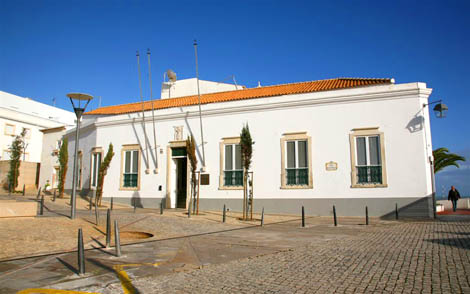 Whoever walks through the peaceful historic center of Albufeira these days cannot imagine the terrible moments that were experienced there precisely 180 years ago. It was on July 26, 1833 that Remexido and his guerrillas massacred more than seven dozen people.
Whoever walks through the peaceful historic center of Albufeira these days cannot imagine the terrible moments that were experienced there precisely 180 years ago. It was on July 26, 1833 that Remexido and his guerrillas massacred more than seven dozen people.
Portugal was going through one of the darkest periods in its history: the fratricidal civil war, which opposed the brothers D. Pedro and D. Miguel, that is, liberals and absolutists.
Always attached to the liberal cause, Albufeira was the first Algarve town to proclaim the 1828th century Constitution, and when in XNUMX the majority of the Algarve accepted the government of D. Miguel, Albufeira raised a new proclamation in favor of liberalism. No wonder, therefore, the pet hatred that the Miguelista troops nurtured for the inhabitants of the village.
If on the 24th of July 1833 the liberals were triumphantly received in the country's capital, after an easy crossing of the Algarve and the Alentejo, Albufeira was living in those days, in counter-cycle, an atmosphere of terror, which would take it two days later to the capitulation and consequent acclamation of the absolute king D. Miguel.
Everything happened on the 24th, 25th and 26th of July. To restore D. Miguel's power, Remexido and his guerrillas invested in Albufeira, which had once again acclaimed only D. Pedro, when the Liberals moved towards Lisbon.
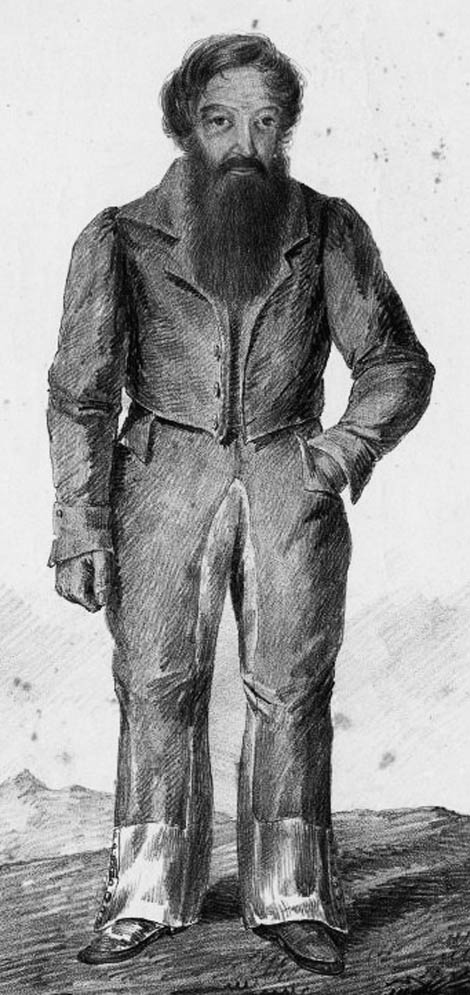 On July 19, Remexido and his men attacked São Bartolomeu de Messines, murdering inhabitants and soldiers and simultaneously announcing that they were going to advance on Albufeira, to annihilate all its inhabitants.
On July 19, Remexido and his men attacked São Bartolomeu de Messines, murdering inhabitants and soldiers and simultaneously announcing that they were going to advance on Albufeira, to annihilate all its inhabitants.
The news of the unfortunate event reached the village on the morning of the following day and soon the people of Albufeira, perplexed, organized a battalion of volunteers.
inexperienced militias
In the early morning of July 22, some guerrillas were identified on the outskirts of the village, and the surveillance pickets were reinforced.
The bell sounded on the 23rd, at 8 am, and all the defense was concentrated inside the old castle walls.
A continuous curtain of fire was lit throughout the day, resulting in an inexplicable waste of ammunition, which in no way affected the siege that the guerrillas had placed on Albufeira.
The inexperience of the village's defenders was evident, in addition to their being few, since the militia force was essentially composed of elderly people (former combatants during the French invasions of 1808) and many young people who, for the first time, took up arms.
The houses outside the walled perimeter began to be pillaged. The guerrillas penetrated inside, opening, with pickaxes that they brought, passages from one to another, looting them and then burning them.
From the top of the wall, the besieged looked helplessly at the «horrible» spectacle of the village burning and the consequent loss of their goods, while they heard the throng «of the horses on which the robbers carried the thefts». The crackling brazier began.
The shooting lasted all night and the looting intensified.
In defence, there is widespread fear of lack of ammunition and disbelief in the possibility of containing the assault. A proposal to withdraw by sea was even discussed between the governor, members of the Chamber and the general population, but the commander of the square, Francisco Cabrita, was opposed, claiming that it was his most sacred duty not to betray the trust placed in them.
The situation continues, however, to deteriorate, inflated by the scarcity of water and consequently by the strict rationing imposed.
Surrender seems to be the only salvation, but...
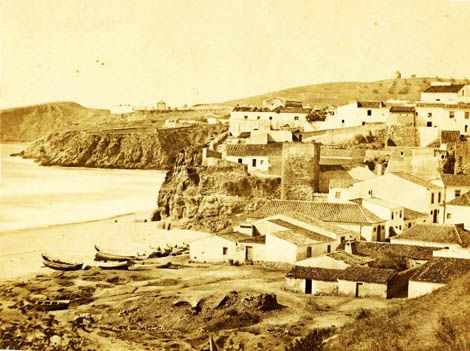 Around midnight and given the critical state in which the commander was living, the commander called a new emergency meeting in the Chamber. In this assembly, it was concluded that there were three possible solutions: the first was an attempt at resistance, with the possibility of reinforcements arriving; the second consisted of withdrawal, although with little chance of salvation; and the last the capitulation.
Around midnight and given the critical state in which the commander was living, the commander called a new emergency meeting in the Chamber. In this assembly, it was concluded that there were three possible solutions: the first was an attempt at resistance, with the possibility of reinforcements arriving; the second consisted of withdrawal, although with little chance of salvation; and the last the capitulation.
Once the council is gathered, the decision is taken, despite some reservations, unanimously: it will be the surrender.
The following morning, the 26th of July, «a fatal day, of horrific struggle and cruel memory», the Chamber drew up a report to be delivered to Remexido.
The priest of Ferragudo was then chosen as the capitulation messenger, who, wearing a cape and cap, holding a cane in his hand from which a white flag hung, appeared from the top of the wall and prepared to go down a ladder to the outside. .
Around 8:XNUMX am the parish priest returned, again wielding the white flag, but now accompanied by a large number of guerrillas with bearded faces and suspicious eyes, who immediately used all the firearms they could find.
Remexido entered the village shortly afterwards, accompanied by the second commander of the guerrilla, Captain António Sousa Grade, Captain António de Sousa Castelo Branco and the Lieutenant of Ribeira do Algoz.
The act of capitulation was scheduled for the City Council. Governor Joaquim Gonçalves, all the councilors and other civilian figures were present, except for the commander of the square Francisco Cabrita.
The governor himself offered his services to the service of D. Miguel, while Captain Biker, in a gesture of dignity, surrendered his band and talim, and declared himself a prisoner of war. Both, despite opposing behaviors towards the enemy, would come to have the same tragic end.
Alcohol and thirst for revenge
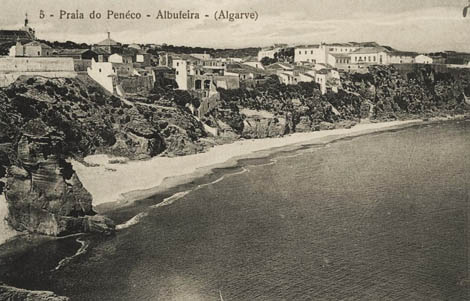
The apparent and unhealthy calm that was felt was broken a few hours later. The alcohol ingested by the guerrillas began to have an effect. Remexido is then asked by Captain Sousa for authorization to kill some liberals, to prevent them from mutiny.
Remexido refuses. However, and after long insistence, he allowed some liberals to be taken outside the village, next to Vargem da Orada and there, allegedly an attempt to escape, to be slaughtered.
However, an event anticipates the imminent slaughter: the appearance of a warship, sent from Faro by the liberals, who was heading towards land, making signs over the village, despite observing the hoisted Miguelista flag.
The people of Albufeira, sensing salvation, abandoned the guerrillas, who, astonished at what was happening, as soon as they learned of the enemy vessel's presence, decided to arm an artillery piece and fired on it.
The ship's captain did not risk docking and set sail again. The village and the people of Albufeira were left to themselves.
The presence of the liberal vessel originated a feeling of betrayal among the guerrillas, by the inhabitants of the village. A cry then echoed through the streets – “betrayal” – followed by a fierce persecution of all liberals and consequently the massacre was consummated.
This is always accompanied by the chant: “Long live the Blessed Virgin, long live the Five Wounds”.
The first mortal victim was the assentista João de Sousa Ramos, who was returning home after going to buy bread, then Father Lázaro, Prior of Alcantarilha, Mariano José Pereira and Governor Carvalho, when they left the Chamber.
But the slaughter took place in practically all the streets, such as the old church, Misericórdia, or the square of S. Sebastião.
Hiding at home or in public buildings, the victims were dragged out into the street, often thrown out of windows, and there slaughtered with bullets, stones and also with rifle butts.
Even today, the municipal banner bears stains of spilled blood.
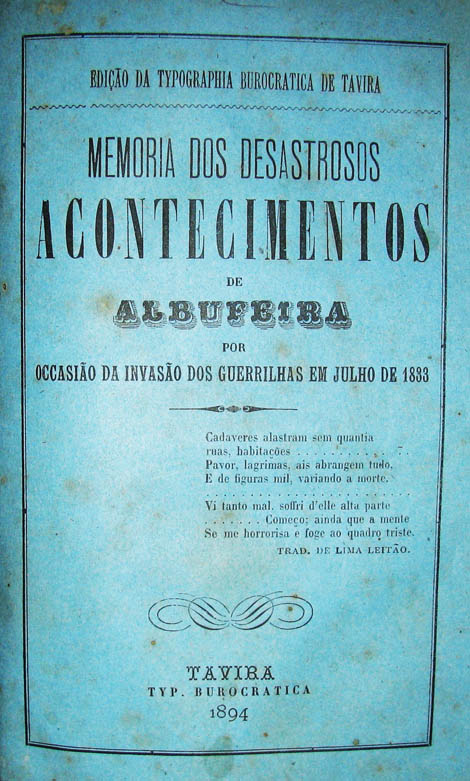 It was in the Chamber itself that the most dramatic carnage took place, when most of the people who found themselves refugees there were passed by the bayonets of the guerrillas, in an act so violent that blood flowed through the rooms and splattered walls and books, including the Municipal Standard, which even today bears these dreadful marks.
It was in the Chamber itself that the most dramatic carnage took place, when most of the people who found themselves refugees there were passed by the bayonets of the guerrillas, in an act so violent that blood flowed through the rooms and splattered walls and books, including the Municipal Standard, which even today bears these dreadful marks.
Escape by sea was attempted several times, but the rain of bullets fired by the hidden guerrillas put an end to any attempt at evasion.
The paranoid wave seemed to have no end, and it was contagious among D. Miguel's supporters, who took the opportunity to take revenge on the wealthier citizens of Albufeira, to whom they owed money or favours.
In reality, the crowd took the opportunity to burn the notary's offices, the books of the debts of the stores, and the deeds of debts and rights, thus being free from fines, fees or defaults.
The following morning, the 27th, in addition to the murder of new victims, the removal of the corpses was ordered, which were piled up in the Chamber and in the streets, not being, however, allowed that the bodies were buried in the cemetery, for which reason they opened mass graves inside Porta da Praça and also on the beach. Some would even be burned, to mitigate the pestilent odors they exhaled.
In all, during the massacre, 74 people were murdered. The village of Albufeira was unrecognizable, in a Dantesque vision, with the main buildings destroyed and burned and its population dismayed and in mourning.
Given the scenario, the guerrillas announced that from then on Albufeira would be known as Vila Negra.
There were few supporters of D. Pedro who were saved, being the commander of defense of the village, Francisco Cabrita, one of them.
After staying a few days inside a cistern, he left it at night, taking a boat to Faro.
He was attributed the authorship of a manuscript, which would become public in 1894, entitled “Memory of the Disastrous Events of Albufeira on the occasion of the guerrilla invasion in July 1833”. It describes in detail those sinister days, which today seem surreal and fictional, but tragically true.
Other murders took place in the Algarve during such a dark period in our history, but none were as tragic and savage as the one in Albufeira, which took place 180 years ago.

Author Aurélio Nuno Cabrita is an environmental engineer and researcher of local and regional history


















Comments